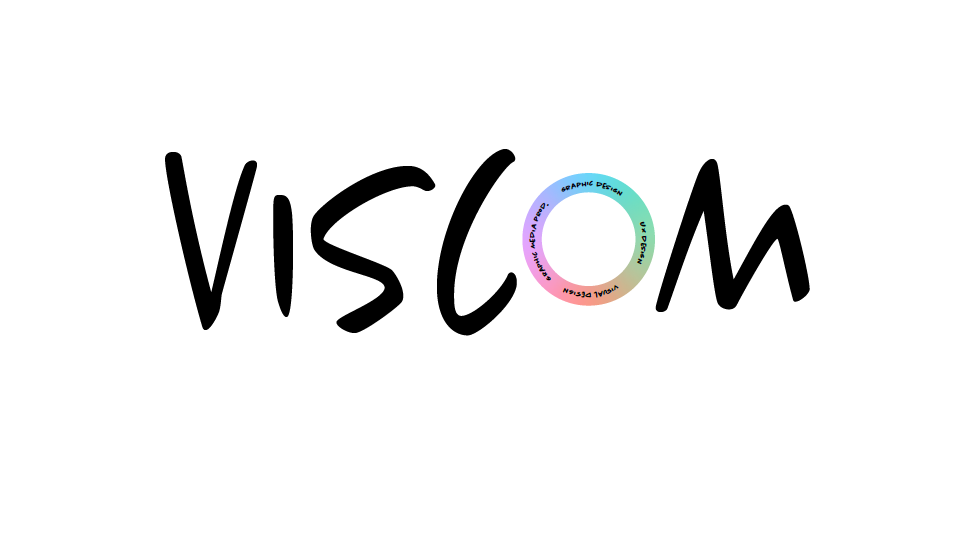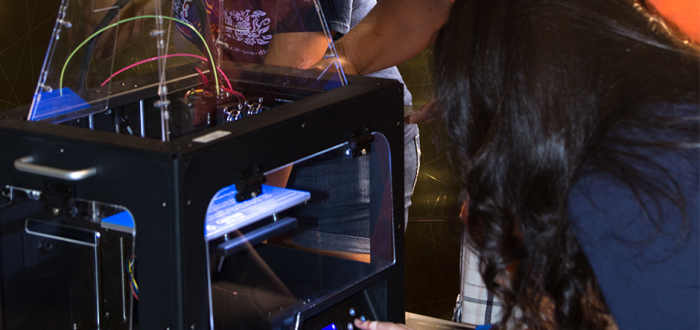Tag: technology
-

More than Graphic Design: A Look into the World of Viscom
by Amelie Cox Visual Communication, also known as Viscom, is another world in and of itself. The rabbit hole of umbrella categories and sub-disciplines can be overwhelming at first glance. However, ACC’s faculty and staff have centered the department around student success. With an emerging digital presence, specialized graphic skills are more prominent than ever.…
-
SXSW: Innovation Awards Finalist Showcase, Unwrapped
Many projects and discussions have taken place at SXSW Festival 2023. Among them, ACCENT Reporter Marisela Perez Maita was able to cover the uprising innovation showcase that offered a glimpse into the transformative state of our future.
-

Student Organization of the Year
Photo By: Joe Van Vranken Story By: Halie Davis STEAM The purpose of STEAM as a student organization is to create a a network of students entering the file of Science, Technology, Engineering, Arts and Mathematics. Some of us may, still, be getting familiar with the education acronym for STEM (science, technology, engineering and mathematics).…
